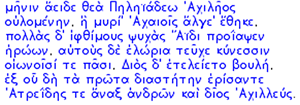
Install the APA's keyboard for Polytonic Greek Unicode
Platform: Windows 2000
These are draft instructions for installing support on your windows 2000 system for polytonic greek characters using unicode.

Go to the American Philogical Association's site.
Click Publications > GreekKeys
Download three items:
- The Athenian Font
- The free GreekKeys Unicode Input for Macintosh or Windows.
- Download the instructions for the unicode input for windows
You will probably need your Windows 2000 installation CD as well.
Install the Athenian Font
- Download the athenian font to the desktop, a temp folder or someplace you can easily get to it.
- Follow the instructions at the website.
Begin the keyboard installation
- Log in as an administrator
- Go the control panel
- Open Regional Options

Install the Greek Language Support files
- Look at the language setting area
- Select and enable Greek.
- Insert the Windows 2000 CD when asked.
- After copying the files, Windows 2000 will need to restart. Let it do so.
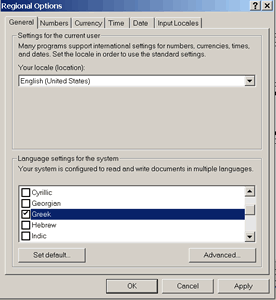
After Restarting
- Log in as administrator
- Click Start > Settings > Control Panel > Regional Options
- Click the Input Location tab at the top left
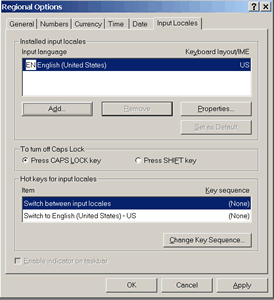
At the top of the screen
- Click Add to Add an Input Language
- In the Add Input Locale Box
- Set the Input Locale drop down list to "Greek"
- In the Keyboard Layout/IME
- Set the drop down list to GreekKeys7 (polytonic unicode).
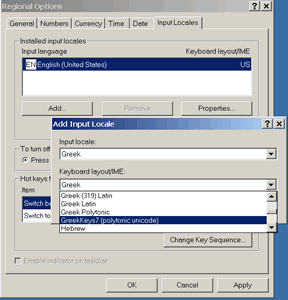
Make a note that holding down the left Alt Key and the left Shift key will toggle between English and Greek keyboards..
Close the Regional Options screen.
Examine the bottom right of the screen, the taskbar.

This is the keyboard indicator.
- Click it with a mouse to select which input locale you want
- OR
- Use the shortcut keys: left Alt + left Shift
Set your Font and Go....

- Enter Word (or your word processor)
- Fonts I'm aware of that should produce Polytonic Greek Characters
- Arial Unicode MS,
- Palatino Linotype
- Lucida Grande
- Change the font to your choice.
- Check that EL shows up in the keyboard indicator.
- Write in Greek.
Remember, other viewers must have the same fonts to see your fonts correctly. So send them to this page. So if you are making web pages, you may want to embed the fonts.
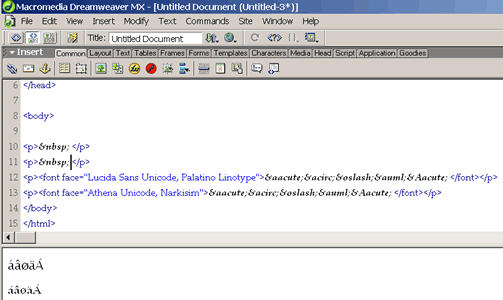
Dreamweaver MX displaying Greek Fonts on the code and display screens.
References
Patrick Rourke's Background on Unicode
Patrick Rourke's Proper Markup of Greek for HTML
Webmonkey: Embedding Fonts Tutorial
Macromedia Dreamweaver Article: Best Practices in CSS in Dreamweaver
The APA's discussion of How to start using unicode right now (for Windows users).
The GreekKey's site
David J. Perry's Font's for scholars.